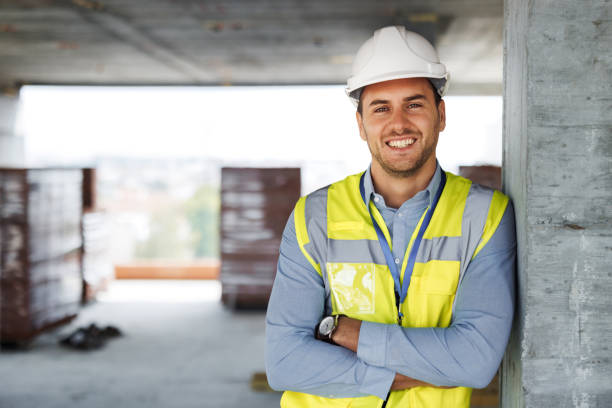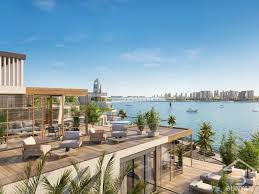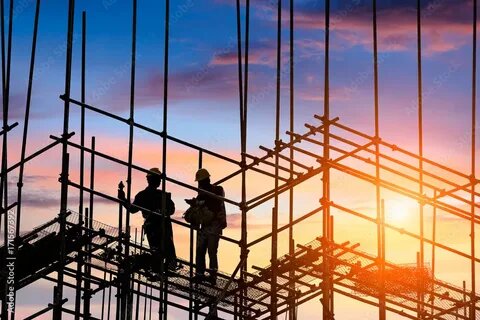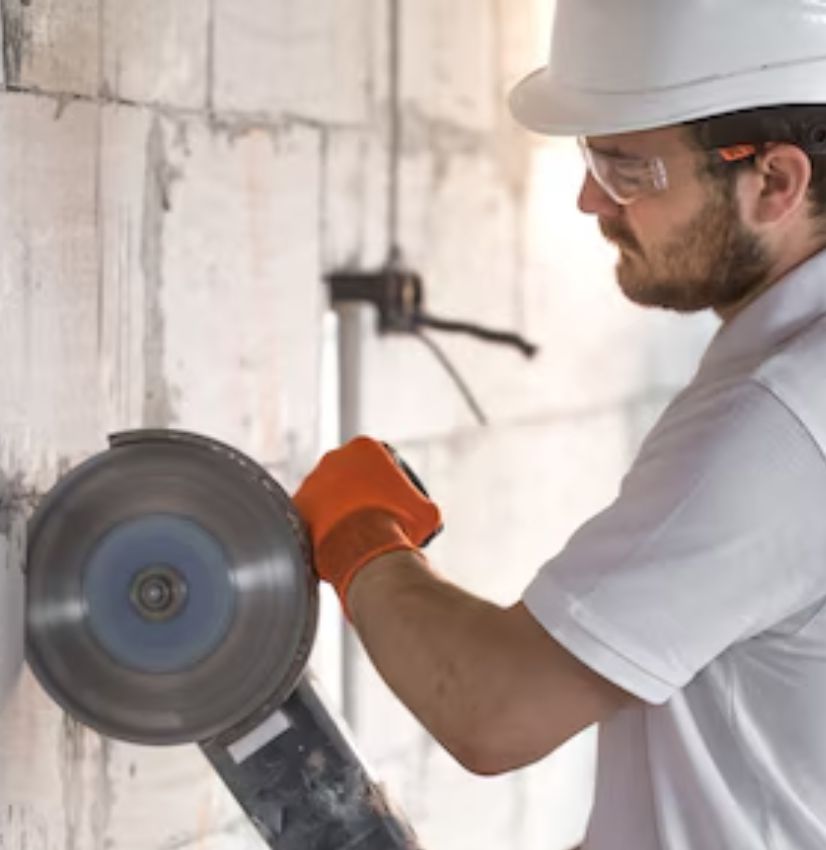As energy efficiency and environmental sustainability become top priorities in construction, building a passive house is gaining popularity. A passive house is a carefully designed home that minimizes energy consumption while providing maximum comfort, significantly lowering energy bills and reducing carbon footprint. For homeowners in Ontario looking to invest in an eco-friendly, sustainable future, building a passive house may be the perfect solution.
What is a Passive House?
A passive house is a building standard that emphasizes energy efficiency, requiring little to no energy for heating or cooling. Originating in Germany, the Passive House Standard relies on high-quality insulation, airtight construction, and energy-efficient windows and ventilation systems to maintain a comfortable indoor environment without relying heavily on external energy sources. The term “passive” reflects how these homes harness natural heat sources, such as sunlight, body heat, and appliances, to regulate temperature.
With the right materials and techniques, passive houses can achieve remarkable thermal efficiency, making them more comfortable and affordable than traditional homes. For those interested in reducing their ecological footprint, passive houses represent a long-term investment in a sustainable lifestyle.
Benefits of Building a Passive House
When considering building a passive house, it’s essential to understand the numerous benefits that come with this style of construction.
1. Energy Savings and Lower Utility Costs
One of the primary benefits of building a passive house is the substantial reduction in energy consumption. A well-designed passive house can use up to 90% less energy than a conventional home. This energy efficiency translates directly into lower utility bills, making it financially advantageous for homeowners. Given rising energy costs, the savings from a passive house can be substantial, especially over time.
The energy savings stem from features like high-performance insulation and airtight construction, which prevent heat from escaping in the winter and keep the home cool in the summer. By maintaining a stable indoor temperature year-round, passive houses minimize the need for additional heating or cooling, further reducing energy bills.
2. Improved Indoor Air Quality and Comfort
Passive houses use advanced ventilation systems to maintain indoor air quality. These systems filter incoming air and remove pollutants, providing a constant supply of fresh, clean air without losing heat. The result is an indoor environment that’s healthier, reducing the risk of respiratory issues and allergies.
Additionally, passive houses maintain a consistent temperature throughout each room, eliminating uncomfortable drafts or hot and cold spots. The high level of insulation used in passive house construction also significantly reduces outside noise, creating a peaceful and relaxing living environment.
3. Durability and Low Maintenance
The materials and construction methods used in building a passive house contribute to its durability. Passive houses often use high-quality, sustainable materials designed to last, resulting in a home that requires minimal upkeep. For homeowners, this means fewer repairs and maintenance costs over the years. This durability makes passive houses not only an eco-friendly choice but also a wise financial investment.
Moreover, passive houses are designed to maintain their energy efficiency and comfort for decades, reducing the likelihood of needing costly upgrades or repairs. Investing in a passive house today ensures a home that will perform well and retain its value for years to come.
Passive House Design Process
When planning a passive house, the design process differs from conventional construction, focusing on optimizing energy efficiency from the outset.
1. Site Orientation and Building Shape
Passive house design considers the orientation and shape of the building to maximize natural light and heat gain from the sun. By positioning the home to capture sunlight, passive houses can reduce reliance on artificial heating, particularly during the winter months. Windows are often strategically placed to let in sunlight and provide natural warmth while using energy-efficient glass to prevent heat loss.
2. Insulation and Airtight Construction
Insulation is a critical aspect of passive house design. By using high-quality insulation materials, passive houses retain heat more effectively than traditional homes. Airtight construction further contributes to this efficiency, preventing drafts and heat loss. Together, these features ensure that passive houses require minimal heating in the winter and cooling in the summer, resulting in lower energy consumption and greater comfort.
3. High-Performance Windows and Doors
Windows and doors are another key focus in passive house design. High-performance windows are essential to prevent heat loss, as they reduce the amount of energy needed to maintain a comfortable indoor temperature. Typically, passive houses use triple-glazed windows, which provide excellent insulation and help maintain indoor comfort. These windows, along with insulated doors, contribute significantly to the overall efficiency and comfort of the home.
4. Choosing the Right Builders
For a successful passive house project, selecting the right team of builders is essential. Expert Custom Home Builders Owen Sound Ontario can guide you through the process, from the initial design to the final build. They understand the specific requirements and advanced construction techniques needed to create an energy-efficient passive house. With their local knowledge and expertise in sustainable building practices, custom home builders in Owen Sound can help you create a passive house that meets the Passive House Standard while reflecting your style and preferences.
How Passive Houses Contribute to Environmental Sustainability
One of the main reasons homeowners choose to build passive houses is the positive environmental impact. With energy efficiency as a core principle, passive houses reduce greenhouse gas emissions and lower the overall carbon footprint of the home. By minimizing the reliance on fossil fuels for heating and cooling, passive houses contribute to a cleaner, more sustainable future.
1. Reduced Energy Demand
Passive houses significantly reduce the demand for energy, which helps decrease the amount of non-renewable energy used. By cutting down on energy consumption, passive houses reduce dependence on fossil fuels and help combat climate change. With renewable energy sources like solar panels, passive houses can even achieve net-zero energy consumption, which further amplifies their environmental benefits.
2. Lower Greenhouse Gas Emissions
By consuming less energy for heating, cooling, and ventilation, passive houses produce fewer greenhouse gas emissions than traditional homes. This reduction aligns with global goals to limit climate change and transition to sustainable living practices. For eco-conscious homeowners, a passive house is an excellent choice for reducing their environmental impact and supporting sustainable development.
3. Long-Lasting Sustainability
The durability of passive houses adds another layer of sustainability. By using materials that last longer and require less maintenance, passive houses reduce the need for replacement and renovation, which are often resource-intensive processes. Over time, the combination of energy efficiency, durability, and low maintenance makes passive houses a sustainable choice for generations to come.
Is a Passive House Right for You?
Building a passive house is a smart choice for anyone looking to reduce their carbon footprint, save on energy costs, and enjoy a more comfortable and healthy indoor environment. While the initial investment in a passive house may be higher than traditional construction, the long-term savings on utility bills, combined with the positive environmental impact, make it a worthwhile investment.




